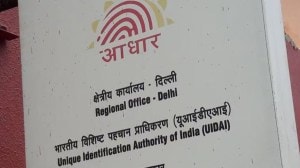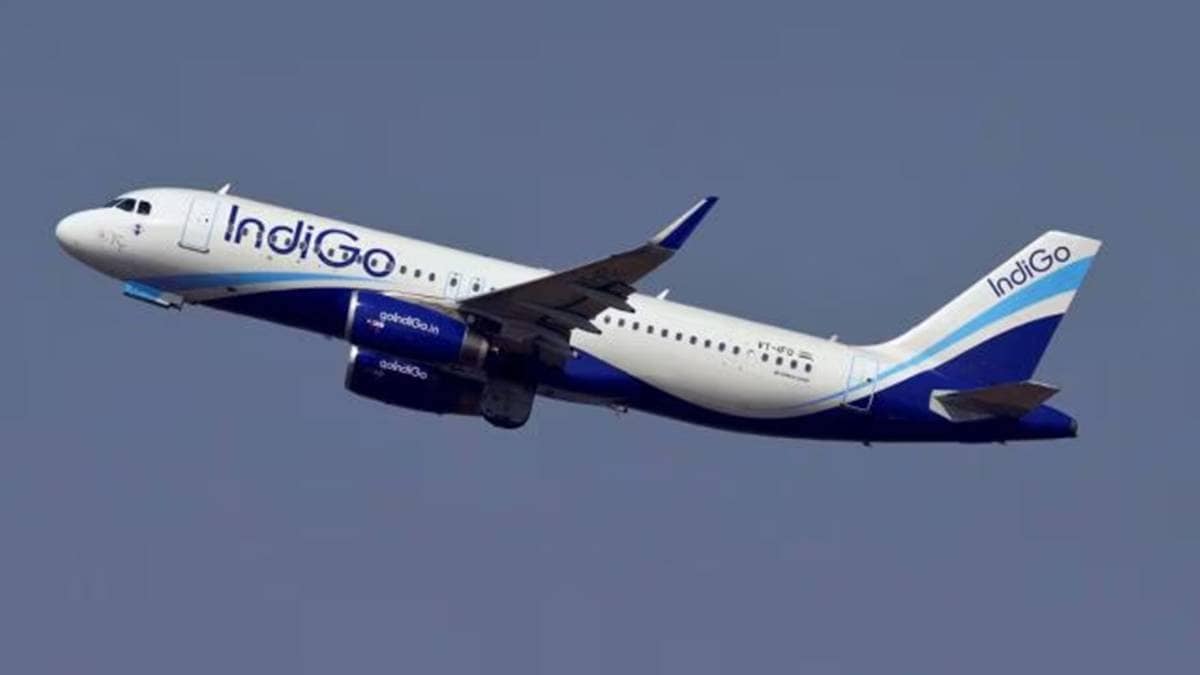By Sharad Sharma, Nilesh Gupta and Saurabh Chakrabarti
The Union Budget over the past few years has maintained a laser-sharp focus on the development of Digital Public Infrastructure (DPI). In the Interim Budget of 2024, finance minister Nirmala Sitharaman mentioned that DPI was a new factor of production in the 21st century, instrumental in the formalisation of the economy. In Budget 2024, the finance minister reiterated the fact that we have used technology to successfully improve productivity and bridging inequality in our economy during the past 10 years.
A DPI which has a huge role to play in reducing inequality of access, particularly in rural areas, is the Pradhan Mantri WiFi Access Network Interface (PM-WANI). Unfortunately, this DPI has not received commensurate attention. This DPI is particularly important given its potential to completely transform the ease of access of information in rural areas, leading to productivity increases and new income sources.
Internet connectivity in India has transformed over the past two decades. India is one of the largest mobile markets in the world, with over 1.15 billion mobile subscribers as of 2023. The availability of affordable mobile phones, competitive pricing for telecom services, and the launch of 3G/4G services have made high-speed internet accessible to millions.
Despite the increase in reach, some villages still don’t have internet access. According to a report, out of 5.97 lakh villages in India, 25,067 still don’t have an internet connection. Approximately 45% of the Indian population does not access the internet. Initiatives like BharatNet will likely reduce this coverage gap by providing fibre optic connectivity at the gram panchayat level. Apart from BharatNet, it is also likely that, over time, mobile networks will cover the remaining pockets, reducing the coverage gap even further.
Too expensive for rural users
However, the more pressing issue in India is the consumption gap, which becomes evident when we look at internet spending as a percentage of income. The lowest income decile in rural areas spends Rs 290 per month (approximately 3% of their monthly income) on internet access; the highest decile spends around Rs 444 (0.75% of their monthly income). The corresponding numbers for urban centres on an absolute level are Rs 255 (2.2% of monthly income) and Rs 610 per month (1.5% of the monthly income). It becomes clear that the economically disadvantaged section of society pays a significantly higher share of their income for internet access than the wealthiest.
This phenomenon is driven by the minimum recharge quantity charged by mobile companies. While India has the world’s third-cheapest data rates globally for Rs 14 per GB, paying for only 1GB is impossible. The minimum recharge for an individual hovers between Rs 180-200 for 28-30 days, which provides 1GB of data daily for the recharge period.
Data rationing
Apart from imposing a higher cost on the economically disadvantaged sections, data usage gets rationed among the family. On average, there are 4.4 members per rural household and 3.7 members in an urban household. In such households, shared devices are used to access the internet, which shows an increasing trend. As many as 63% of shared user devices are from rural India. A rural family sharing a single device faces the harsh reality of the daily data limit, leading to rationing of internet usage.
In this reality of data rationing, only the household’s entertainment needs get fulfilled daily. Most of the total usage for OTT platforms, communication, social media,and online gaming comes from rural India. In contrast, the urban areas dominate internet commerce, digital payments, and online learning. We need to find a way to ensure that citizens from disadvantaged economic backgrounds don’t pay disproportionately more for internet bandwidth.
Sachetisation as a solution
Luckily, this type of problem has already been solved before with sachetisation. Sachetisation has helped fast-moving consumer goods companies to drive adoption where the consumers don’t have the disposable income to purchase larger, more expensive products. We are facing the same problem in internet adoption today. Currently, the price points in mobile internet are too costly for the lower income groups to consume internet effectively. Breaking down the price points will allow for flexibility in consumption at the bottom of the pyramid.
In order to achieve the goal of Viksit Bharat by 2047, we need to mainstream our rural areas onto the information superhighway. It is imperative to address the affordability and accessibility issues of
internet services for economically disadvantaged groups. A DPI-based approach such as PM-WANI can truly showcase to the world the potential to use technology to transform the lives of millions.
PM-WANI can enable us to adopt unique innovative approaches such as sachetisation of data plans so that India can ensure flexible, affordable access for lower-income households. This would not only democratise internet usage but also empower rural areas with better opportunities for education, commerce, and productivity, driving inclusive growth in the digital age.
Sharma is founder, iSpirt; Gupta is associate professor, IIM Nagpur and Chakrabarti is fellow, iSpirt
This is the first of a three-part series on digital public infrastructure and rural India.
Disclaimer: Views expressed are personal and do not reflect the official position or policy of FinancialExpress.com. Reproducing this content without permission is prohibited.








